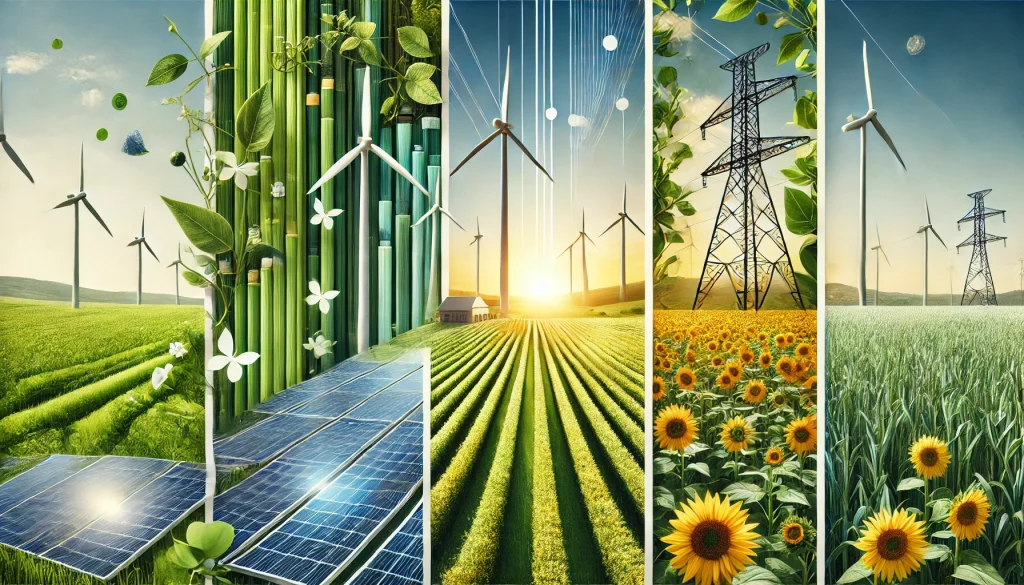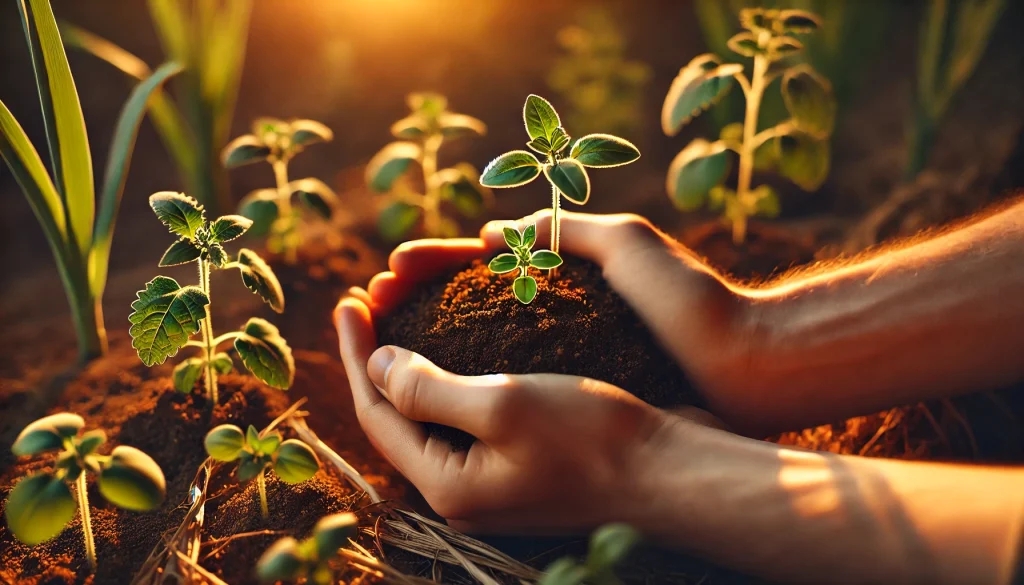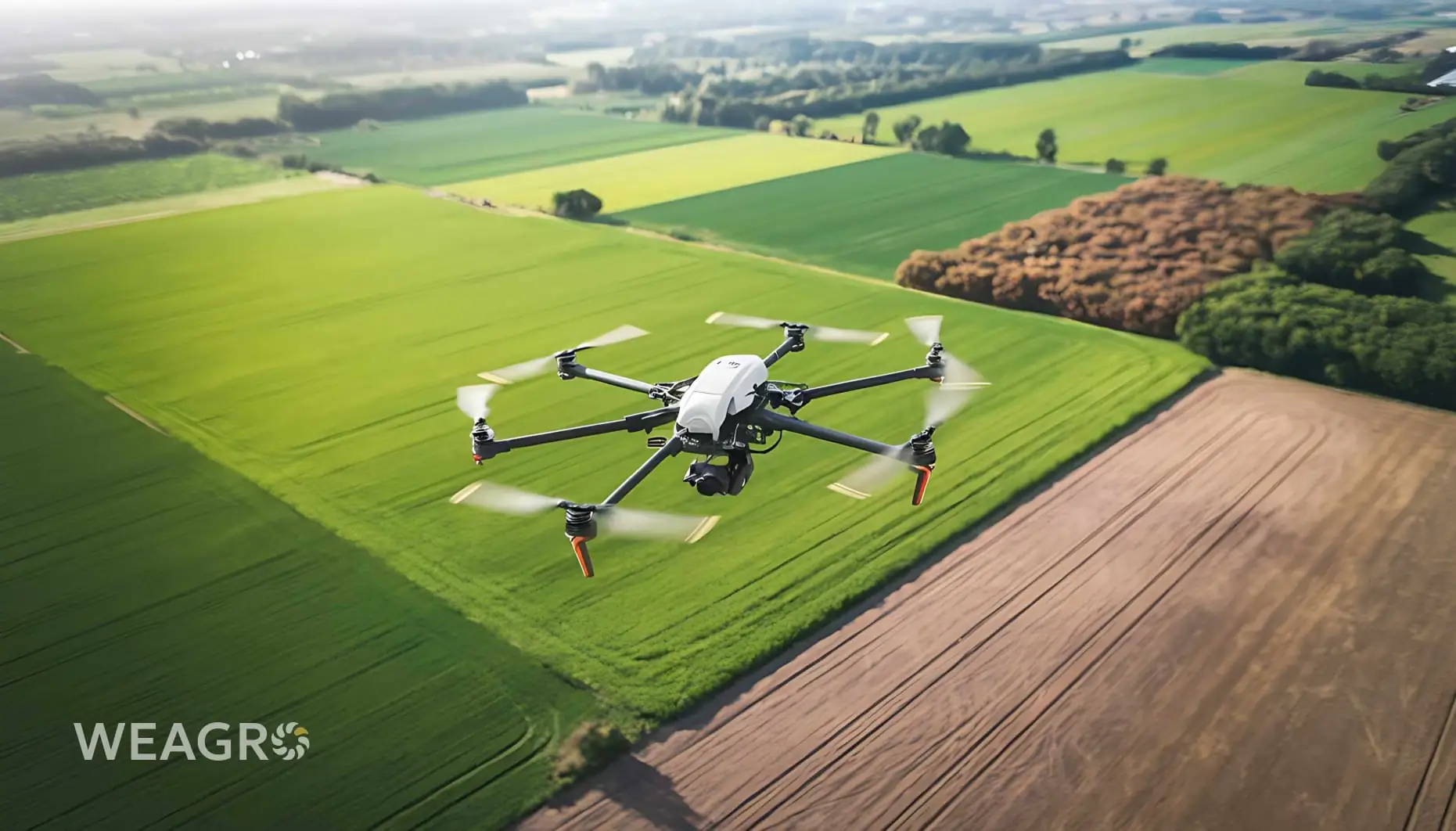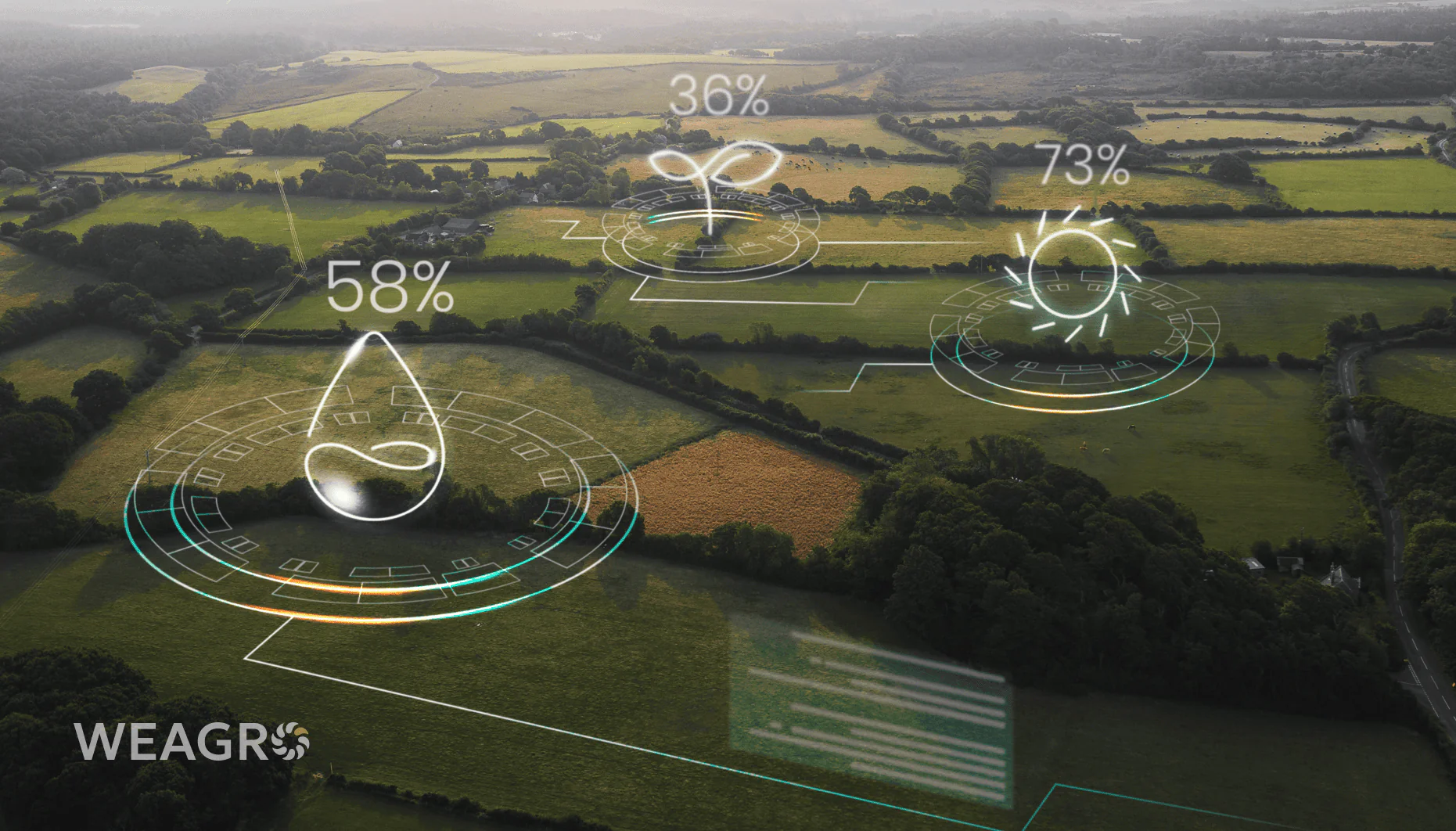In 2024, trends in resource conservation and energy saving in agriculture continue to develop actively. According to the latest data, expenditures on modern developments aimed at rational resource use are growing worldwide, indicating sustained interest in implementing effective solutions. Ukraine also shows significant growth in the use of renewable energy sources, particularly with plans to increase solar power plant capacity increased to 500 W by the end of the year. All of this is an important part of the sustainable development strategy, based on resource-saving technologies in agriculture as the foundation for future success.
What are Energy-Saving Technologies in Agriculture

A set of methods, tools, and solutions aimed at reducing energy consumption and increasing efficiency of its use is relevant in various sectors, including transport, construction, and industry. Energy-saving technologies in agriculture are the foundation of the industry in modern conditions, enabling more rational resource use and minimizing negative environmental impact, which is important for sustainable industry development.
All developments are aimed at improving energy efficiency in the agricultural sector. They include:
- application of energy-efficient lighting systems;
- optimization of agricultural machinery operation;
- use of renewable energy sources;
- implementation of precision farming technologies.
For example, drip irrigation systems reduce energy costs for water supply, while automated microclimate control systems in greenhouses provide optimal conditions for plant growth. Implementation of energy saving in agriculture not only reduces costs but also contributes to increased yields and agricultural resilience under changing climate conditions.
Types of Renewable Energy
Using natural resources that are naturally renewable and will not be depleted in the near future is one of the key tasks of the agricultural sector. This will also reduce CO2 emissions, decreasing negative environmental impact. Main types of renewable energy:
- Solar. Panels are relevant for greenhouses and water heating, while collectors are used for underground soil through thermal energy. Disadvantages include dependence on climatic conditions. As of 2021, the total capacity of solar power plants was 6,226.9 MW, with plans to reach 94 GW by 2050.
- Wind. Air mass movement converted to electricity. Relevant for coastal and steppe areas where wind speed is sufficiently high. Suitable for providing electricity to remote agricultural facilities and farms. This segment developed actively and reached 1,670 MW in Ukraine, but currently most capacities remain in occupied territories.
- Biomass. Organic materials – waste, wood, plants – can be used to generate energy by producing heat and electricity at biogas installations. Biogas technologies are currently developing: private agricultural enterprises are implementing corresponding systems for waste processing.
Green energy is a trend of recent years that has not lost its relevance. This is a contribution to future development that will help occupy leading positions in the industry by simultaneously reducing costs and increasing productivity, and consequently profit.
Challenges for Energy Saving in Ukrainian Agriculture
Several key factors can be identified that complicate the implementation of new technologies. Among them:
- insufficient funding – state program capabilities are inadequate to fully cover agricultural sector needs;
- insufficient awareness – lack of specialized programs and broad coverage of available technologies and energy-saving methods;
- climatic conditions – use of renewable energy sources is unstable in certain regions, and dependence on weather conditions complicates consumption forecasting and planning.
Among the obstacles complicating the transition to energy-saving technologies in agriculture is the personnel problem: shortage of qualified specialists capable of ensuring implementation and operation of modern energy-efficient systems.
Prospects for Energy Saving in Ukrainian Agriculture
The potential for further development is enormous: new technologies and methods appear annually. One promising direction is bioenergy development – energy production from biomass and agricultural waste, which allows not only reducing energy consumption costs but also solving waste disposal problems. Implementation of digital technologies – sensors, drones, data analysis systems – enables precise process management, increasing productivity.
Besides state support programs – subsidies and lending, alternative solutions are also relevant. The online service WEAGRO is created for comfortable interaction between suppliers and agricultural sector representatives. This is an opportunity to purchase necessary equipment with deferred payment to immediately begin implementing the planned strategy.
What are Resource-Saving Technologies in Agriculture
Methods and practices aimed at rational use of natural and material resources in agriculture allow reducing production costs, minimizing negative environmental impact, and increasing efficiency. Resource-saving technologies are an important factor in sustainable agricultural sector development.
Implementation of biological, technical, technological, chemical, economic, social, and combined innovative solutions opens new development opportunities. This is an investment in future profits that will fully justify itself.
Resource-saving Soil Cultivation Technologies
Traditional methods often lead to field degradation, erosion, and fertility decline. Therefore, it is important to ensure soil structure preservation and improve current indicators. Main approaches include:
- minimal soil cultivation or complete abandonment of mechanical impacts;
- mulching, covering with organic materials – straw or grass, using green manure and cover crops;
- crop rotation, as well as diversification – growing several crop types on one plot.

Resource-saving soil cultivation technologies are aimed at preserving natural resources and improving their quality with long-term prospects in mind. Instead of active impact – conservation that prevents soil depletion, reduces labor costs, and promotes yield growth.
Resource-saving Technologies in Crop Production
The relevant no-till soil cultivation system is particularly suitable for large-seeded crops, as well as transitioning to organic fertilizer use. Micro-drip irrigation systems are being improved, reducing water consumption while improving irrigation quality.
Solutions in this area include transitioning to precision farming. Modern resource-saving technologies in crop production are replacing standard land cultivation methods and beneficial crop growing. This involves using GPS and sensors to monitor crops, fertilizers, and irrigation, as well as optimized resource use. Drones help monitor field conditions and make decisions based on real rather than approximate data.
Resource-saving Technologies in Livestock Farming
Main solutions are aimed at improving conditions for animals. This becomes possible through feeding optimization and transitioning to energy-efficient housing systems:
- balanced rations with feed additives and vitamin complexes to improve nutrient absorption;
- implementation of modern ventilation, heating, and lighting systems in livestock complexes to reduce energy consumption;
- use of solar panels and other renewable energy sources to ensure autonomy.
Resource-saving technologies in livestock farming include installing recirculation and cleaning equipment, as well as using automatic waterers and control systems.
Challenges for Resource Conservation in Ukrainian Agriculture
Equipment and infrastructure wear complicates implementation of modern energy-efficient technologies. Water resource deficit and soil depletion become serious problems, requiring effective conservation and restoration methods. However, insufficient agricultural sector funding significantly complicates implementation of innovative approaches to farming and livestock breeding.
Prospects for Resource Conservation in Ukrainian Agriculture
Modern approaches involve gradual transformation of the entire sector to transition to precision farming, as well as reducing mechanical field cultivation through implementing alternative land cultivation methods. Organic farming development is the only chance to preserve soil fertility. Investments in innovation, agricultural sector modernization, and resource-saving technologies in agriculture open new opportunities for sustainable industry development in Ukraine.
Conclusion
Rational resource use is a key success factor that will allow applying less effort to achieve goals while increasing profit volumes. Agricultural installment plans from the









